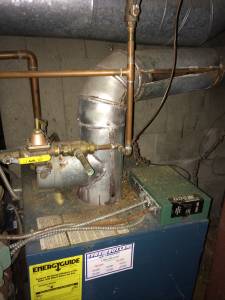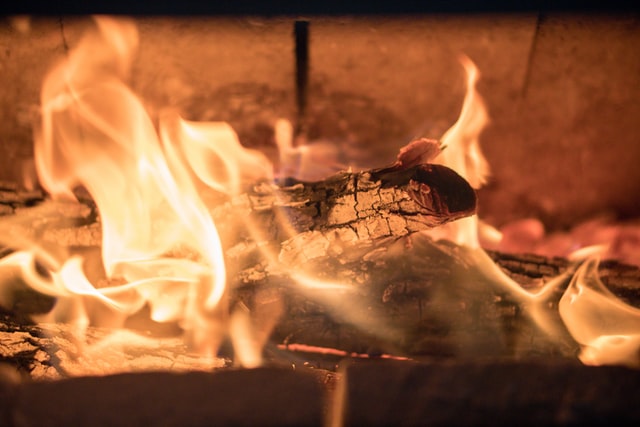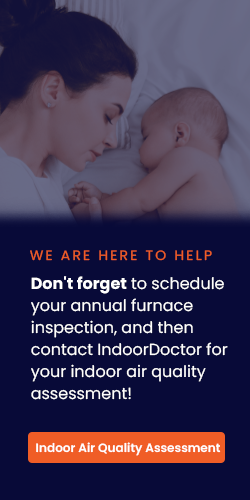For many people in very cold climates, having a working furnace is more than a luxury—it’s a life-preserving necessity. As useful as these appliances are, however, when not properly maintained, they can cause a range of health problems through contributing to indoor air pollution.
Furnace Hazards
The most famous example of a furnace-related hazard is, of course, carbon monoxide poisoning; when a furnace is not properly maintained, it may leak this colorless and odorless gas, causing a home’s occupants to experience headaches, dizziness, nausea, and even succumb to death in severe cases. Carbon monoxide poisoning takes the lives of at least 500 people each year and puts 15,000 in the emergency room.
Carbon Monoxide
Even if you have a carbon monoxide detector installed in your home, you’re not safe from the health hazards posed by a poorly maintained furnace; sooty furnaces, furnaces with soiled filters, and/or those which are not properly ventilated add ultra-fine particles to the air. These particles have been shown to damage the lungs, contributing to respiratory illnesses, particularly in the elderly and individuals with asthma.
In addition to these human health hazards, without proper ventilation and filtration, larger particles may enter the furnace itself and damage its delicate inner workings, dramatically shortening its lifespan.

The only way to make sure that you and your family are safe from the above risks is to have your furnace inspections done by a professional at least once per year. While some people shy away from doing so owing to fears about an inspection’s cost, in reality, regular furnace inspections usually wind up saving homeowners money as they prolong the life of the furnace, the home’s HVAC system, and usually lower energy bills as well.
To make sure that you are getting the proper value for your money when you purchase an inspection, you should ask that your furnace inspector:
- Check for leaks and ventilation issues.
- Clean the heating system.
- Check all the controls for safety and performance.
- Check the thermostat settings to make sure the system is running properly.
- Inspect electrical connections and test the voltage of the system components.
- Lubricate moving parts.
- Inspect the condensate drain in order to ensure that it is not clogged.
- Check the system start-up and shutdown controls for proper operation.
- Change the filter (note that the filter used should be fine enough to remove small lung-damaging particles, not just large furnace-disrupting matter).
With all of the above taken care of, you will be free to enjoy a warm, cozy, and healthy winter season, knowing that both your family and your furnace are likely to experience good health for years to come.






